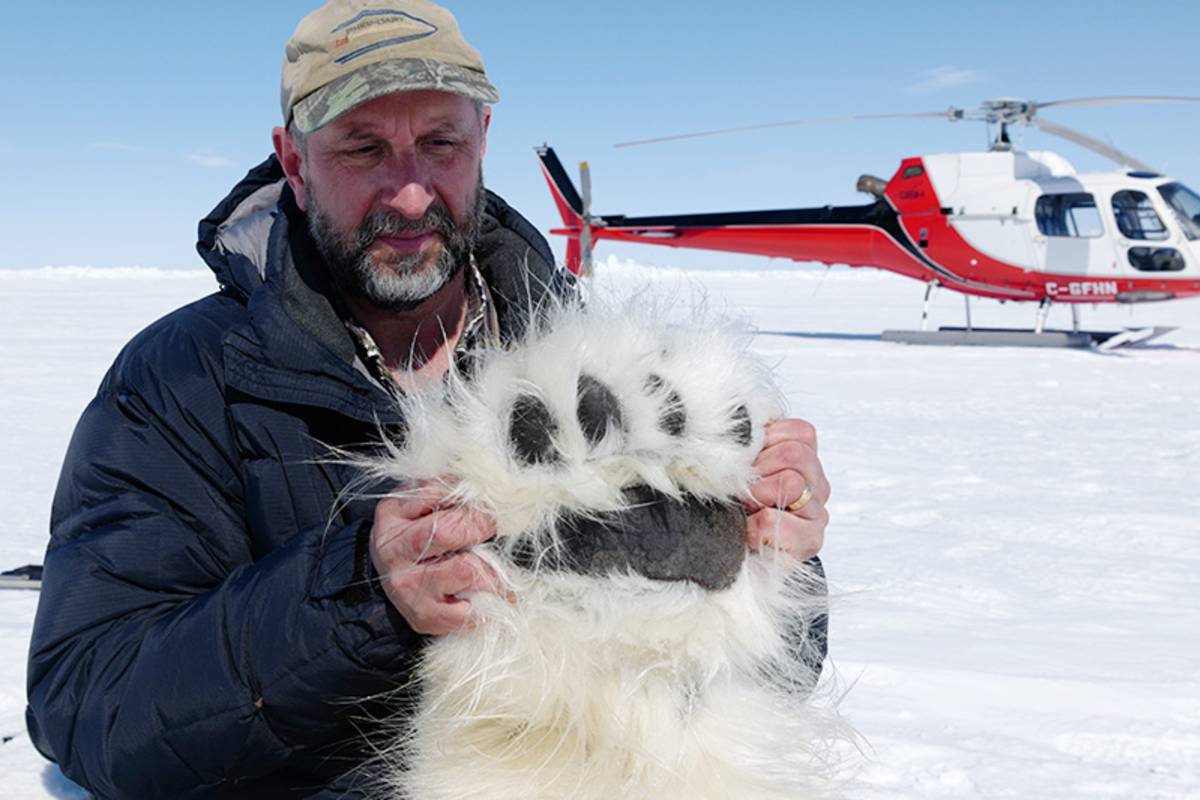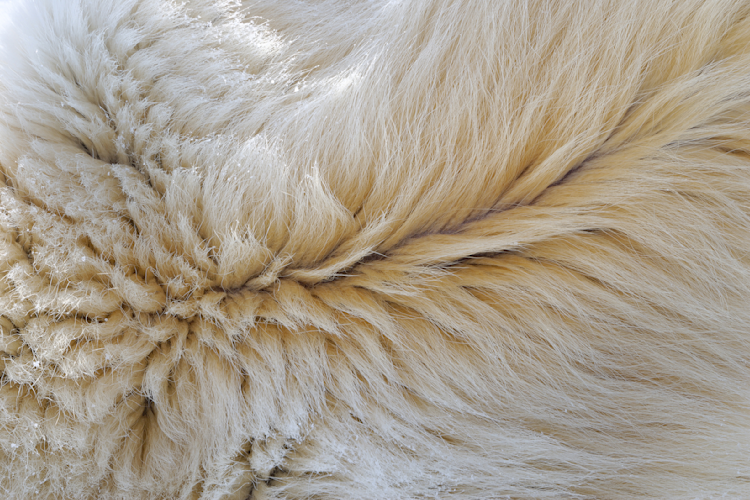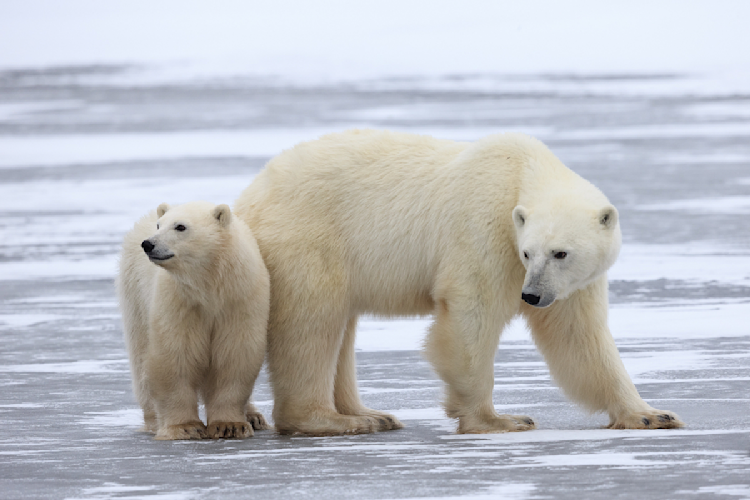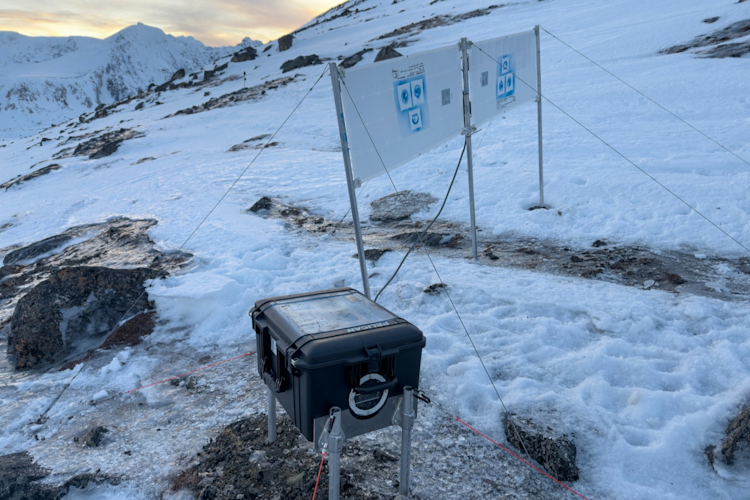Perhaps the best finding was that the bears this spring were in very fine shape. Most of the bears were much fatter than in the previous two years. Why? That’s a mystery. Clearly, they were finding more seals to eat but how 2019 differed from 2017 and 2018 isn’t obvious. The Arctic gives up its secrets slowly, and it’s important to remember that it’s the long-term trend that matters. An up or down in any given year is like the difference between weather and climate.
On the cautionary side of things, we caught a lot of lone adult females (eight of the 20 bears). That’s unusual because most females should be with new cubs, yearlings, or just weaning two-year-olds. None of the adult females had nursed recently, suggesting that recruitment to the population remains low. Low cub survival has been an ongoing problem for the Western Hudson Bay population.
We’ll see what 2020 brings: Lots of lone females in good shape could create a bumper crop of baby bears next year. Speaking of babies, perhaps the neatest bear to see this spring was X33158. Now a fully-grown adult male, this bear was last seen in February 2007 when he left the denning area with his mother and female sibling. We know his sister survived but he was a mystery until now. We don’t know where he’s been the last 12 years but lots of fresh cuts and scars indicate he’s been looking for love and scrapping with other males for mating opportunities this spring.
The crew this year consisted of two M.Sc. students, Natasha Klappstein and Brooke Biddlecombe, from the University of Alberta, Drs. Nick Pilfold and Megan Owen from San Diego Zoo Global, and a guest appearance from BJ Kirschhoffer of Polar Bears International to help with our scavenger cams (more on that to come). We had a great new pilot, Ryan Mutz, and Eric Dubeau, the helicopter engineer, kept us flying. A great crew and a great year. Here’s hoping spring 2019 is as good to the bears as it was to us.
Thanks to Polar Bears International, Point Defiance Zoo and Aquarium, the Polar Continental Shelf Project, World Wildlife Fund, Environment and Climate Change Canada, and the Natural Sciences and Engineering Research Council of Canada for providing funding for the spring field season.




















